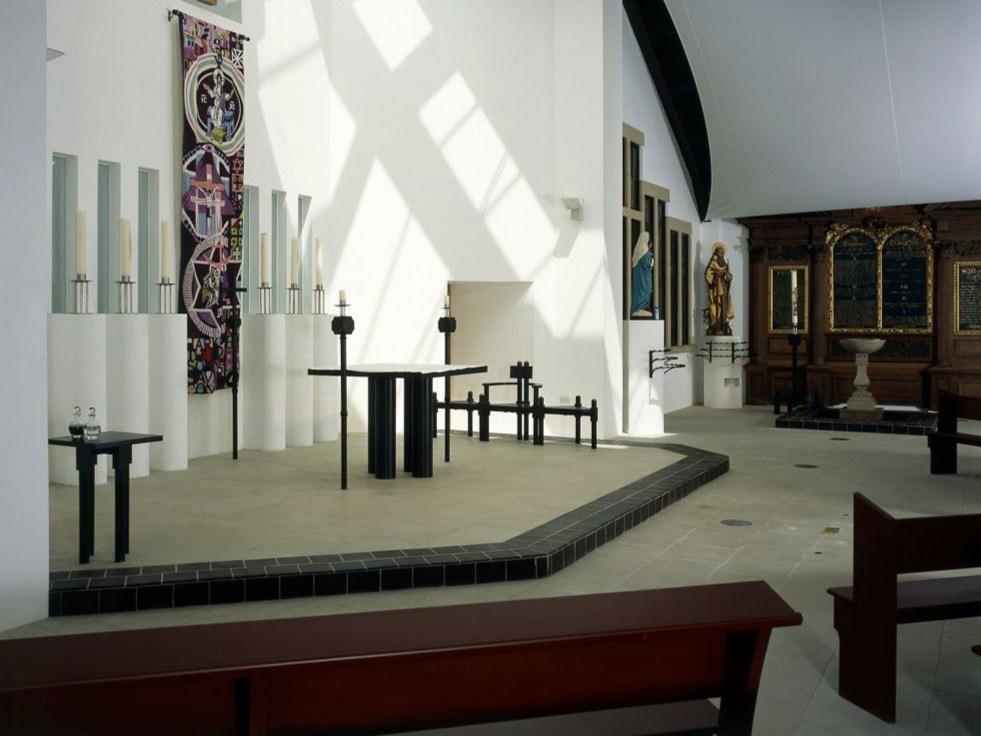
A STORY OF GROWTH AND CHANGE
that continues into the future
thanks to ideal-homes.org.uk, disused-stations.org.uk, pinterest,
Nunhead and the growth
of victorian London
Nunhead began its life as a tiny hamlet – just a few houses – centred on a pub, “The Nun’s Head”. It is rumoured that the pub’s name refers to the beheading of a nun during the Dissolution of the Monasteries!
Decline and War
By 1900 most of the gentry had moved further still out of London, and the spacious earlier properties were heavily sub-divided. The area was significantly bombed in World War II, further depleting the housing stock. St Antholin’s church was damaged and rebuilt in 1957 as St Antony’s Church. The 1960s and 1970s saw wholesale clearance of terraced housing, and its replacement with large council estates.
church for the 21st Century
In the 1830s London’s population was exploding. Overcrowding, malnutrition, and poor sanitation ensured that the number of bodies needing burial exploded as well. The 52 acre Nunhead cemetery, established in 1839, was part of the solution.
In 1865 Nunhead station opened on the branch line built to carry merry-makers from London to the entertainments of the Crystal Palace.
A large field between the embankment and Nunhead Green was the site of Brock’s fireworks factory – the namesake of the modern Pyrotechnist’s Arms pub. By the late 1870s and early 1880s, housing was booming. St Antholin’s church was built in 1877 at the heart of the growing community and by 1890, Nunhead’s population of 10,000 was 50 times larger than 50 years earlier!
St Silas, Nunhead. Built 1903
St Antony with St Silas, built 2003.
Following the sale of the St Antony’s church site and two halls the new Church of St Antony with St Silas, complete with a community centre to serve Nunhead was built on the site of the old St Silas church. Opened by the Bishop of Woolwich in April 2003 and incorporating features from both the old churches this was the first new Anglican church in Nunhead for 100 years!







